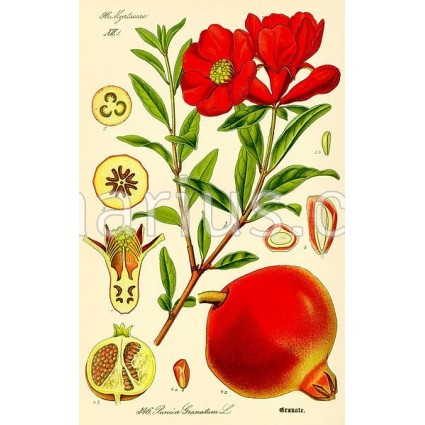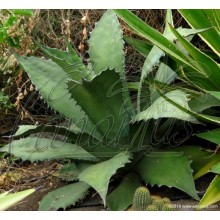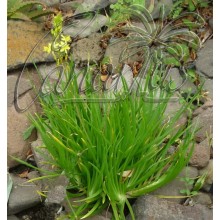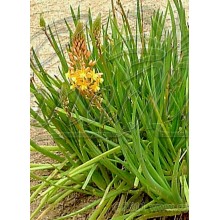 Agrandir l'image
Agrandir l'image
Punica granatum 'Dente di cavallo'
Dente di Cavallo is a traditional Italian variety of cold-hardy pomegranate. Fruits ripen at the end of September. They are medium-large, with a green skin tinged with red. Inside it is ruby red, sweet and delicate in flavour. The seeds are hard, woody inside, reminiscent of horse teeth (that means "dente di cavallo") due to their trapezoidal shape.
Nouveau
Dente di Cavallo is a traditional Italian variety of cold-hardy pomegrante. Fruits ripen at the end of September. They are medium-large, with a green skin tinged with red. Inside it is ruby red, sweet and delicate in flavour. The seeds are hard, woody inside, reminiscent of horse teeth (that means "dente di cavallo") due to their trapezoidal shape. Storage time is about 20-30 days. It is grown throughout Italy. and even if It prefers mild to warm climates.It is known as one of the hardiest of all pomgranates, and it adapts well to any type of soil .
Just give good drainage with no water stagnation. The frost resistance of Dente di Cavallo is comparable to that of the "Russian Pomgranates" and it should survive temperatures of -15 C.
Pomegranates in general are vigorous small trees, resistant to moderate frost and heavy droughts. They can be kept as large shrubs of 2-3 m and can even grow and fruit in large pots.
| Cultivation | Protégée |
| Origine de la plante | Asia |
| Origine de la plante | Europe |
| Présentation | Plante en pot |
| Taille max. | 200cm-400cm |
| Famille botanique | Lythraceae |
| Lumière | Soleil |
| Température minimale hivernale | -15 ºC à -10 ºC |
| Température minimale hivernale | -10 ºC à 0 ºC |
| Saison de floraison | Été |
| Saison de floraison | Printemps |
| Type de plante | Ligneuses |
| Couleur | Rose |
| Couleur | Rouge |
| Soins | Plantes d'intérieur |
| Soins | Pot |
| Forme | Arbres |
| Forme | Arbustes |




















